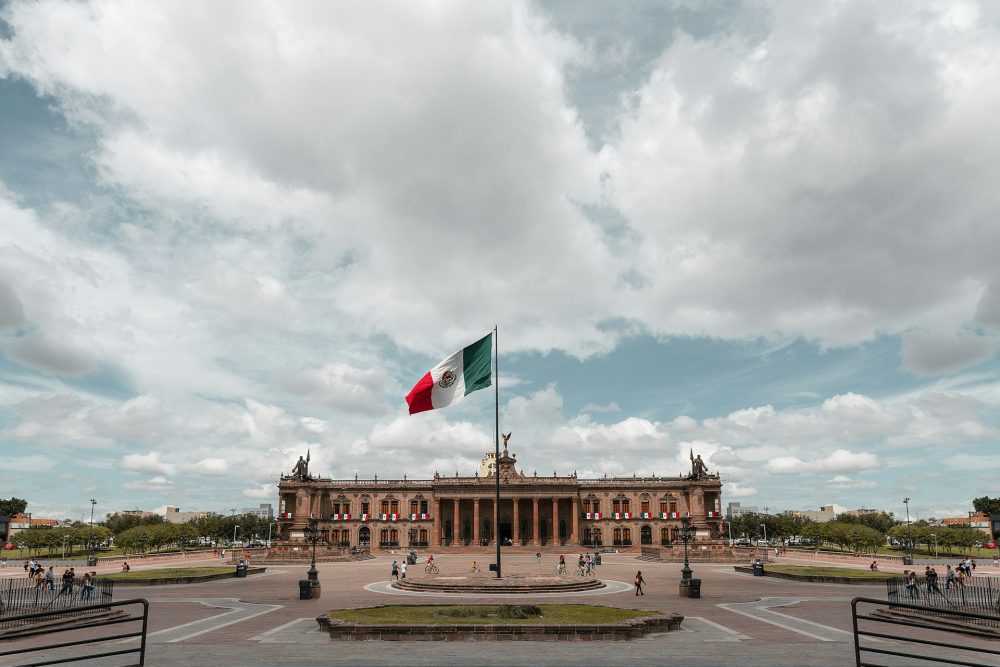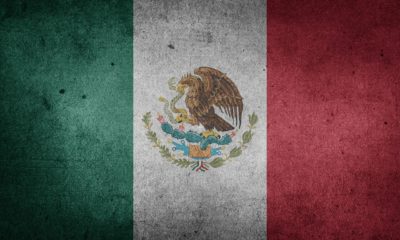Crowdfunding
Doopla: From Classroom Idea to Mexico’s First Regulated Crowdfunding Platform
Doopla, born from an MBA case study, became Mexico’s first regulated crowdfunding platform under the Fintech Law. Founded to reduce the vast interest rate gap, it has issued over 750 million pesos in loans. Now expanding from P2P to B2C, Doopla attracts institutional investors and aims for profitability while embracing a broader lending model.

Doopla is a crowdfunding platform that emerged from a business school case study and became the first Crowdfunding Institution (CFI) authorized in Mexico under the Fintech Law.
In March 2013, as part of a case study for his Master’s in Business Administration (MBA) at IPADE (Pan-American Institute of Senior Management), Juan Carlos Flores Acevedo learned about a company called Zopa, located in England, and decided to tropicalize his business model in Mexico.
The rate differential, the problem
For Flores, the problem he always wanted to solve was the interest rate differential, that is, the difference between the interest rate charged to people versus the return granted to investors. “It’s huge, close to 60 percentage points; it’s crazy, it’s a market distortion,” he stated in an interview with DPL News.
The development of Doopla
In 2014, Juan Carlos quit his job, and a full year of planning followed. “We launched the website, the technology, the billing systems, the legal aspects, and the marketing,” he said, and in 2015, they launched the web platform .
He recounts that they placed their first loan in February, and the first coupon payment, that is, the first interest payment, arrived a month later, at the end of March.
Flores defines Doopla as “a crowdfunding platform where people interact directly, allowing borrowers to borrow at low interest rates, while those who invest in borrowers earn high returns.”
Doopla began as a company that managed peer-to-peer (P2P) lending, in which borrowers and investors willing to lend to them could connect through the platform.
The (tortuous) path to regulation
More than a decade later, Flores recalls that, in mid-March, eight public officials visited Doopla’s offices and left him some papers. More than 50 pages in total. That, he recalls, was the beginning of an exchange of letters with the authorities that lasted “nine long months” and ended in December 2015.
He even recalls a critical episode: on December 20, 2015, he received a letter at his home, signed by the Mexican government, threatening to deprive him of his liberty if he did not prove within five days that he was not collecting funds from the general public.
Later, she says, thanks to the intervention of a friend, in January 2016 she went to the office of the legal vice president of the National Banking and Securities Commission (CNBV), who, after a three to four-hour discussion, determined that there was no crime to prosecute.
He gave him 24 hours to make a series of changes to the website’s contracts, thus concluding the investigation. Finally, he left him one last task: he “strongly” instructed him to promote a law with his colleagues that would “regulate them in a very specific manner.”
This is how the FinTech Mexico (FTMX) and Crowdfunding Platforms (AFICO) associations were formed, precisely the two entities that would later be incorporated into the Fintech Law. “At the union level, there was interaction with the authorities, and from there I had the opportunity to attend several meetings, not only with the Executive Branch, in this case the Ministry of Finance, but also with the Legislative Branch, the Chamber of Deputies, and the Senate,” he notes.
On March 9, 2018, within the framework of the 81st Banking Convention, the Law to Regulate Financial Technology Institutions was published , and Flores recalls that, in early September 2019, they were the first to submit the filing . “I believe that, in general terms, it is a law that is excessive for our market size,” he states, detailing that the process took them two years and more than 1,000 hours of work to prepare the entire file.
Flores recounts that, in February 2021, five years after the persecution and investigation, he received a phone call notifying him that his request had been authorized.
Finally, on April 29, 2021, the National Banking and Securities Commission (DOF) published the authorization of the Finansiell Group to organize and operate a Crowdfunding Institution (CFI) in the Official Gazette of the Federation (DOF). Doopla thus became the first regulated entity for this purpose in Mexico.
“The advantages of the law are also clear: it provides legal certainty, it gives users greater confidence, it increases the company’s value, it allows us to have greater alliances with suppliers and allies, and lastly, I think the most important: it institutionalizes and standardizes us,” he argues.
Validity of crowdfunding and pivot
When asked about the validity of the crowdfunding model, Juan Carlos Flores responds: “As long as this enormous interest rate gap persists, crowdfunding is more alive and well than ever.”
“The huge interest rate differential is still there, so we’re going to continue doing our work to close that value proposition, narrowing that huge interest rate differential—the difference between what people are charged and what they receive in return,” he concludes.
In 10 years, Doopla has issued more than 750 million pesos in loans, has 20,000 active customers, and more than 1 million registered users. This highlights its social impact, the fact that it is a 100% online process and, for the past four years, in a regulated environment.
The founder recalls that Doopla’s financing has gone through three stages: the first, from Friends, Family & Fools; the second, from angel investors; and the third, which is currently underway, from institutional investors.
Flores says Doopla has now launched a new process with the intention of raising around $2 million; they already have commitments for 25% of the round and hope to conclude by the end of the summer.
He also shares that Doopla has improved its debt margin by more than 70% in the last two years and estimates it will have positive first quarters this year and close 2025 with profitability . Juan Carlos Flores defines this as “a milestone that very few players in the industry, counted on one hand, have achieved.”
Finally, Flores reveals that in 2025, Doopla updated its original business model so that it is no longer just consumer to consumer (C2C or P2P), between peers or end customers, but now also business to consumer (B2C), “that the investment is from legal entities, that is, financial institutions, corporate treasuries, family offices , hedge funds , pension funds, any legal entity, even any corporate treasury.”
“Instead of the treasurer investing 5 million pesos in Cetes or the bank account that gives him 1.8% nominal, perhaps 20 or 30% of resources are invested directly in credit applicants and obtains an average return between 15 and 20% annually based on my data and history,” he details.
“It’s an excellent time to do so. We’ve already started to pivot, and we already have some players, legal entities within our group of investors who are funding loan applicants. We’ve already modified our funnel and we have everything ready: the contract and the user experience ,” he concludes.
__
(Featured image by Robbie Herrera via Unsplash)
DISCLAIMER: This article was written by a third party contributor and does not reflect the opinion of Born2Invest, its management, staff or its associates. Please review our disclaimer for more information.
This article may include forward-looking statements. These forward-looking statements generally are identified by the words “believe,” “project,” “estimate,” “become,” “plan,” “will,” and similar expressions. These forward-looking statements involve known and unknown risks as well as uncertainties, including those discussed in the following cautionary statements and elsewhere in this article and on this site. Although the Company may believe that its expectations are based on reasonable assumptions, the actual results that the Company may achieve may differ materially from any forward-looking statements, which reflect the opinions of the management of the Company only as of the date hereof. Additionally, please make sure to read these important disclosures.
First published in dpl news. A third-party contributor translated and adapted the article from the original. In case of discrepancy, the original will prevail.
Although we made reasonable efforts to provide accurate translations, some parts may be incorrect. Born2Invest assumes no responsibility for errors, omissions or ambiguities in the translations provided on this website. Any person or entity relying on translated content does so at their own risk. Born2Invest is not responsible for losses caused by such reliance on the accuracy or reliability of translated information. If you wish to report an error or inaccuracy in the translation, we encourage you to contact us.

-

 Impact Investing1 week ago
Impact Investing1 week agoTreeblock Showcases Sustainability Solutions at ADIPEC Abu Dhabi
-

 Impact Investing4 days ago
Impact Investing4 days agoHigh Awareness, Low Adoption: The VSME Challenge for European SMEs
-

 Fintech2 weeks ago
Fintech2 weeks agoItaly Issues First Natively Tokenized Minibond on Public Blockchain
-

 Fintech1 week ago
Fintech1 week agoN26 Hires UBS Executive to Lead Turnaround Amid Regulatory Pressure























